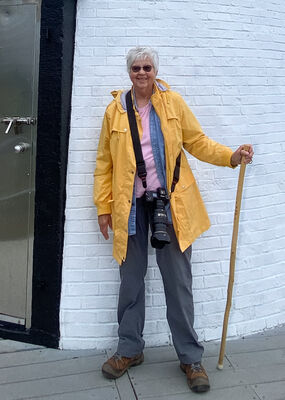Day 72 - Photo A Day Challenge - 3-12-2012
Mar 12, 2012 01:58:12 #
Welcome to Day 72 :) Today we are moving on to another part of the exposure triangle. Shutter Speed. Understanding Aperture (part 4).
We know that ISO controls the color noise.. so the lower your ISO 100-200 the less chance of noise in your photo.
We know that Aperture (fstop) controls the amount of light that enters the camera... so the smaller fstop number the more light gets in and the more blur in the background...
the larger the fstop number.. the less amount of light gets in ... the deeper the depth of field.
The third part of that triangle is Shutter Speed. Shutter speed on it's own controls the length of time that the light is allowed to get in, which gives it control over motion.
Let me say that again. ISO controls noise, Aperture controls how much light, Shutter speed controls how long the light gets in.
All 3 of these working together is how we get to that perfect photo. There is a whole lot more to it than this but for our purposes today ... we are only going to touch on
the very basics. Got to start somewhere right ?
Shutter speed can be a little bit tricky. The very best way to think of it is to look at your focal length. If you are at 60mm then a shutter speed of 1/60 would be best.
If you are at a focal length of 200mm .. then a shutter speed of 1/200 would be best. What you want to do is be at 1/focal length. This is going to freeze motion. (see ex. 1)
This works really well when you are photographing any type of sports outdoors. A shutter speed of 1/30 is really the slowest you can go handheld without camera shake.
However shutter speed never ever works alone. It is the constant companion of Aperture. This is never more clear than when trying to photograph water with a slow shutter speed.
Even at an aperture setting of f/29 ..which logic tells us that less light is going to get in... the scene can quickly become overexposed due to the length of time the light gets in.
Rather than take 3 pages to explain this ... I think its best to just show you some examples.
The challenge for today is to put the camera (if possible) on S (nikon) or TV (canon) Shutter Priority. That way all you have to adjust for this experiment is the shutter speed.
If possible use a tripod. Keep your ISO around 400 .. even outside in the sunshine for this experiment. Try to photograph anything with motion, children, cars, birds, water etc.
Start anywhere for a shutter speed... then turn the dial and take a photo then the next setting and then the next.. and watch how the speed and aperture work together to control
not only motion but light. Just sitting down and doing it this way is the best way I know of to learn.
These examples show the relationship between aperture and shutter speed .. the ones with the typed words .. click the download button to see them better.
We know that ISO controls the color noise.. so the lower your ISO 100-200 the less chance of noise in your photo.
We know that Aperture (fstop) controls the amount of light that enters the camera... so the smaller fstop number the more light gets in and the more blur in the background...
the larger the fstop number.. the less amount of light gets in ... the deeper the depth of field.
The third part of that triangle is Shutter Speed. Shutter speed on it's own controls the length of time that the light is allowed to get in, which gives it control over motion.
Let me say that again. ISO controls noise, Aperture controls how much light, Shutter speed controls how long the light gets in.
All 3 of these working together is how we get to that perfect photo. There is a whole lot more to it than this but for our purposes today ... we are only going to touch on
the very basics. Got to start somewhere right ?
Shutter speed can be a little bit tricky. The very best way to think of it is to look at your focal length. If you are at 60mm then a shutter speed of 1/60 would be best.
If you are at a focal length of 200mm .. then a shutter speed of 1/200 would be best. What you want to do is be at 1/focal length. This is going to freeze motion. (see ex. 1)
This works really well when you are photographing any type of sports outdoors. A shutter speed of 1/30 is really the slowest you can go handheld without camera shake.
However shutter speed never ever works alone. It is the constant companion of Aperture. This is never more clear than when trying to photograph water with a slow shutter speed.
Even at an aperture setting of f/29 ..which logic tells us that less light is going to get in... the scene can quickly become overexposed due to the length of time the light gets in.
Rather than take 3 pages to explain this ... I think its best to just show you some examples.
The challenge for today is to put the camera (if possible) on S (nikon) or TV (canon) Shutter Priority. That way all you have to adjust for this experiment is the shutter speed.
If possible use a tripod. Keep your ISO around 400 .. even outside in the sunshine for this experiment. Try to photograph anything with motion, children, cars, birds, water etc.
Start anywhere for a shutter speed... then turn the dial and take a photo then the next setting and then the next.. and watch how the speed and aperture work together to control
not only motion but light. Just sitting down and doing it this way is the best way I know of to learn.
These examples show the relationship between aperture and shutter speed .. the ones with the typed words .. click the download button to see them better.
ex. 1
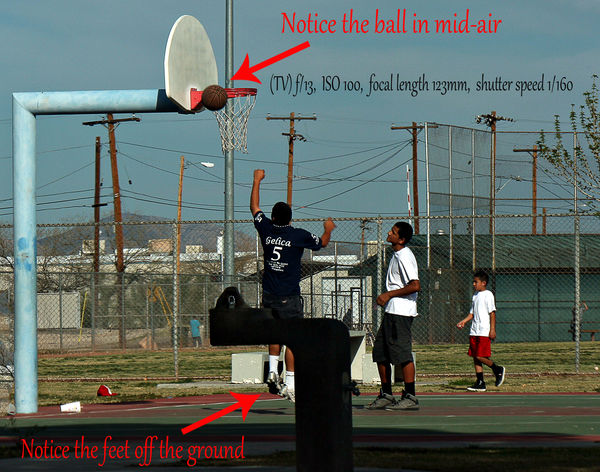
ex. 2
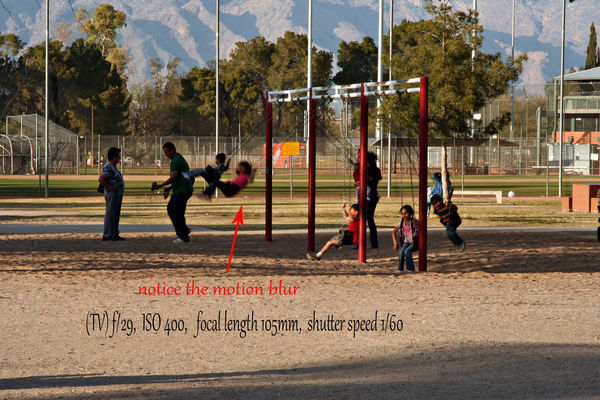
ex. 2a (typo .. should say no motion blur LOL)
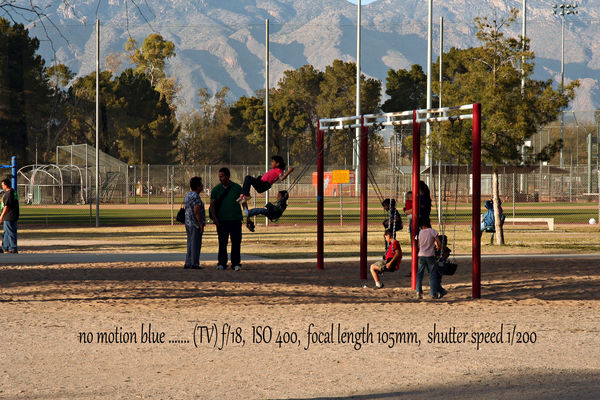
ex. 3
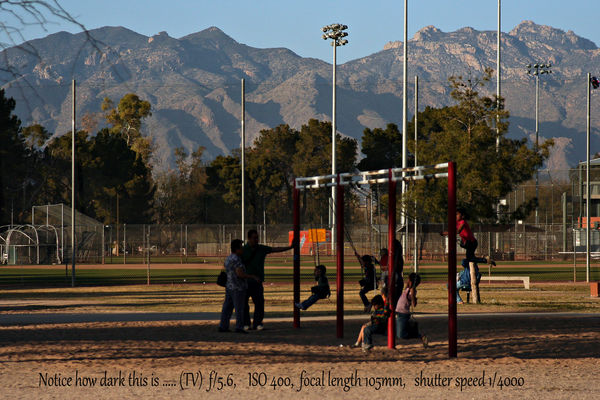
ex. 3a
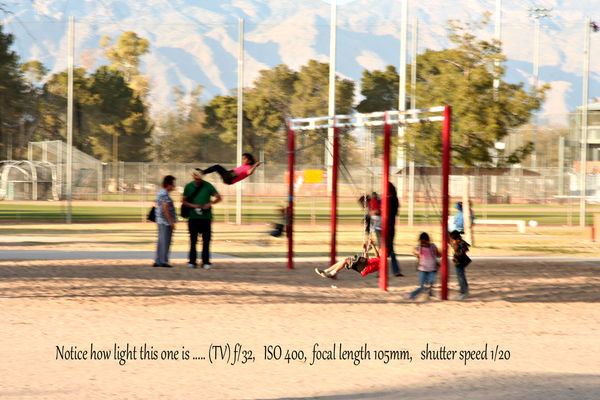
(shutter priority) f/20, ISO 400, focal length 105mm, 1/125
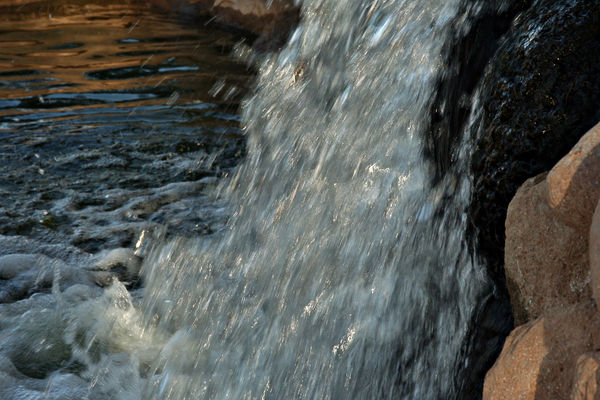
f/32, ISO 400, focal length 105mm , 1/30
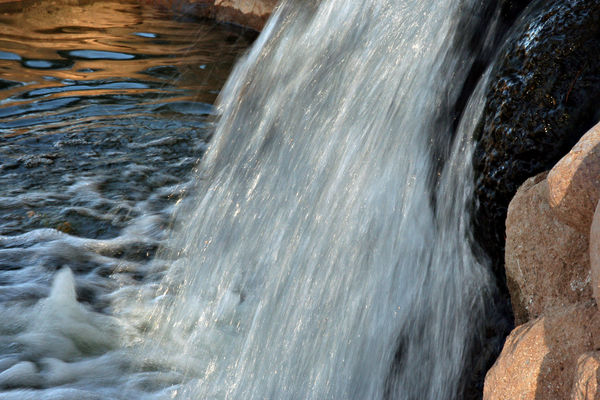
f/32, ISO 400, focal length 105mm, 1/10
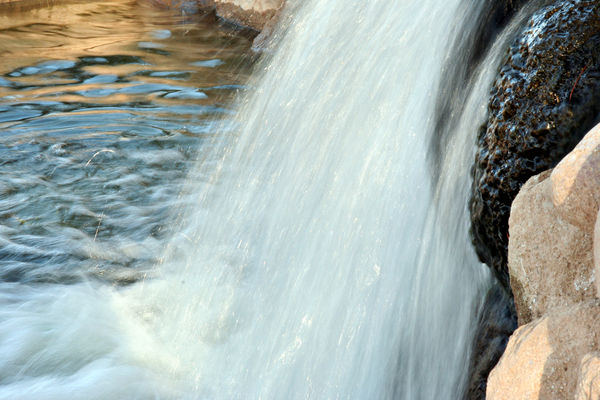
f/29 .. shutter speed 1/5 (focal length on all 4 = 60mm and ISO 400)
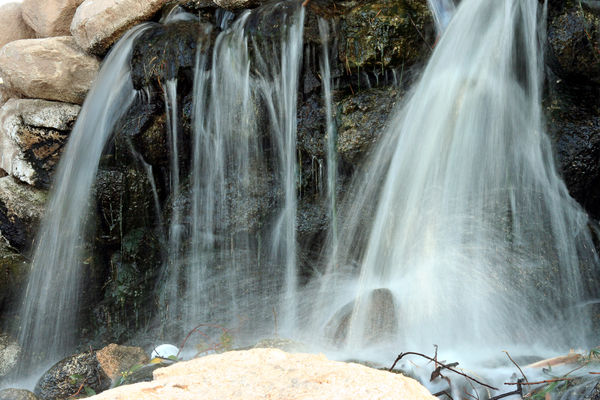
f/29 .. shutter speed 1.3 seconds
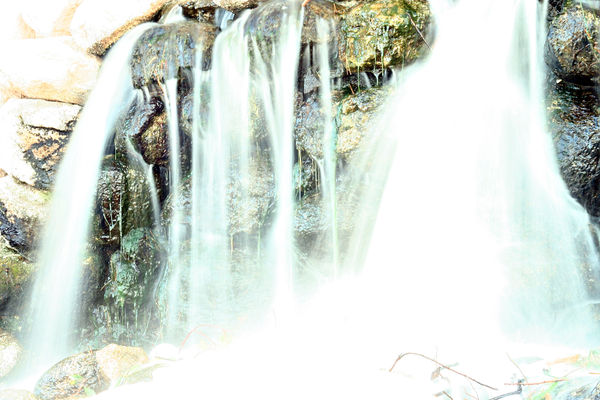
f/22 .. shutter speed 1/13
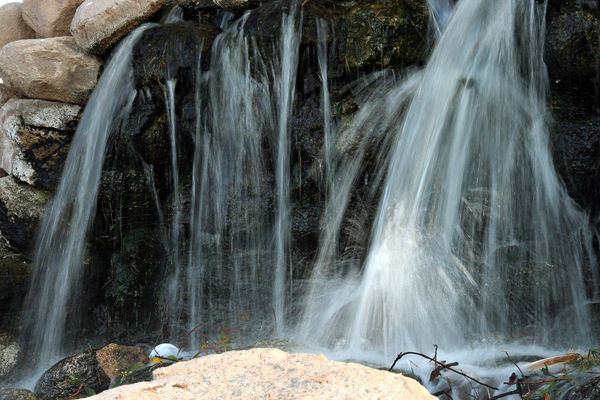
f/5.0 .. shutter speed 1/1000
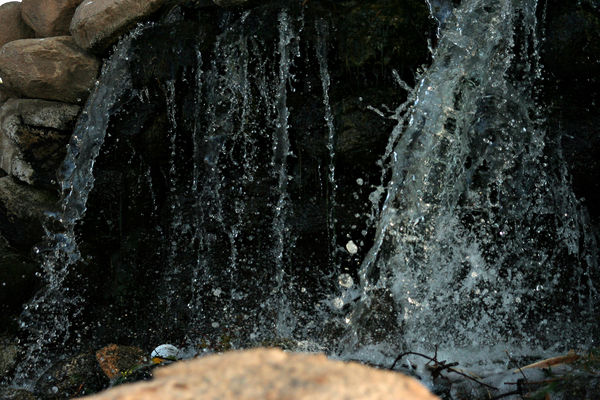
Mar 12, 2012 06:10:13 #
Quit early lastnight. Want to thank youall for your comments.
Alass.....they are unpredictable, not killers unless you mess with their young.
Sher..like those seasonal shots, had forgotten about them. Sunrises? Never seen them? I like the mso muh that back inthe day, Saturday nights we'd stay up all night just to see them LOL
RN, Peanut, Ken, and on and on...y'all had a good day.
Alass.....they are unpredictable, not killers unless you mess with their young.
Sher..like those seasonal shots, had forgotten about them. Sunrises? Never seen them? I like the mso muh that back inthe day, Saturday nights we'd stay up all night just to see them LOL
RN, Peanut, Ken, and on and on...y'all had a good day.
Mar 12, 2012 06:32:41 #
This is a small funnel if the Etchemin River, which none of you have ever heard of, but at this particular place, there is a small gorge and atits smallest it is maybe 10' wide. The river below out back here is...well photo #5 will show you
f. 22, 1/8 ISO:100
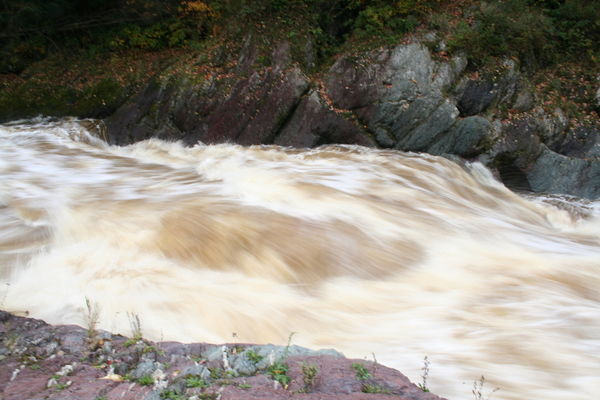
f. 3.5, 1/1600
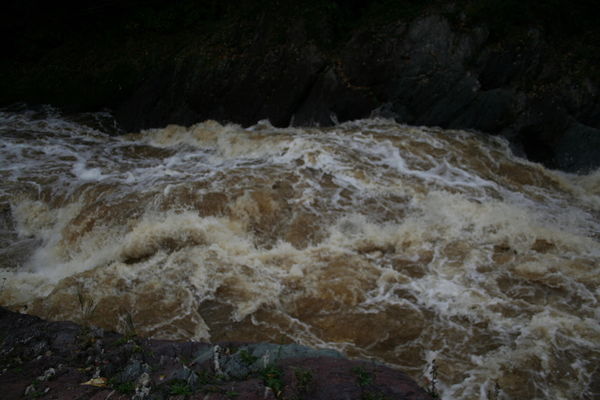
f. 5.6, 1/500
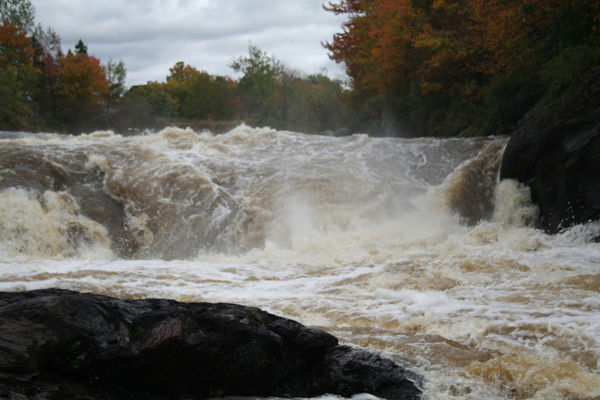
These are all done in Tv. f.5.0 1/1600
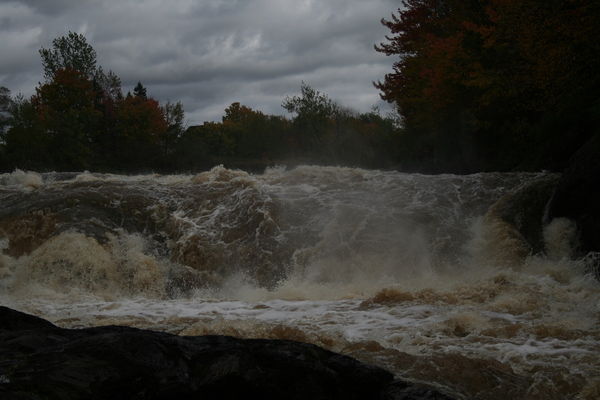
On top of the falls out back of here. Same river
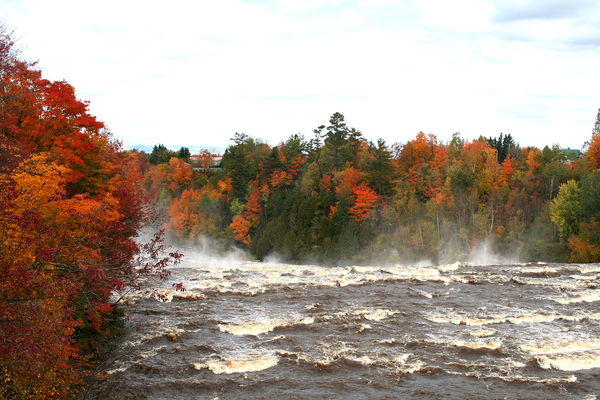
Mar 12, 2012 06:38:51 #
mornen Sherrie and RR
great examples Sherrie. What you did with the water is perfect to explain this concept
Dont forget that ISO is also
a major factor in effecting light ...the higher the ISO the more light( so very good for low light situations)...the lower the ISO the less light (so very good for shooting in bright sun or where the light is reflected all over the place like snow and beach). ISO is the second thing I reset when I remember to adjust settings before shooting.
WB (pops up first in my main menu)
ISO (second)
I use the LCD screen ...(which is great for me because i am near sighted and can look under my glasses at the screen and then through my glasses at the scene I am shooting...ive been meaning to mention this to you for a while.)
to adjust
Fstop
Shutter speed
OH...your water pics popped up same time as my post...very nice RR
great examples Sherrie. What you did with the water is perfect to explain this concept
Dont forget that ISO is also
a major factor in effecting light ...the higher the ISO the more light( so very good for low light situations)...the lower the ISO the less light (so very good for shooting in bright sun or where the light is reflected all over the place like snow and beach). ISO is the second thing I reset when I remember to adjust settings before shooting.
WB (pops up first in my main menu)
ISO (second)
I use the LCD screen ...(which is great for me because i am near sighted and can look under my glasses at the screen and then through my glasses at the scene I am shooting...ive been meaning to mention this to you for a while.)
to adjust
Fstop
Shutter speed
OH...your water pics popped up same time as my post...very nice RR
Mar 12, 2012 06:54:33 #
rivernan wrote:
mornen Sherrie and RR br great examples Sherrie. W... (show quote)
Hey thanx, RN.This is by far my favourite mode for many of my pics. Like you, I set up ISO and also I might start at 1/1250 and use that setting as a base. Those falls there (I'll send a You Tube if I can find it) are photographically correct 365/365. It'll pour and they'll be high, 24 hours later they're down at least a foot. The change rapidly because of the gorge. What is neat too is that they are relatively unknown except in the really local villages. St-Anselme's best kept secret
These were taken BEFORE I learned about compensation. THANX PG
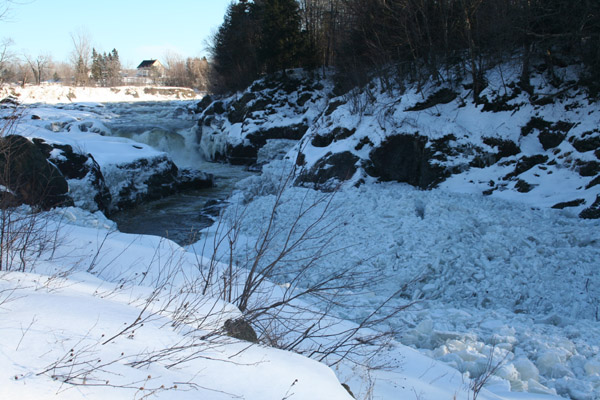
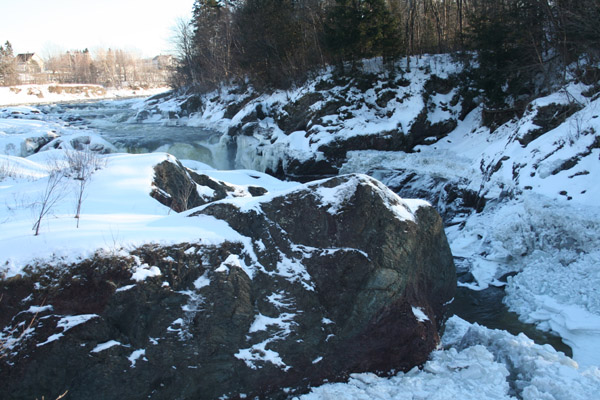
Mar 12, 2012 07:32:22 #
photogrl57 wrote:
Welcome to Day 72 :) Today we are moving on to ano... (show quote)
You are so funny..."we are are touching on the very basics" Ok...my brain hurts but i will get there!!!! Will try to post examples after work if i can get it!
Mar 12, 2012 08:00:37 #
[quote=photogrl57]Welcome to Day 72 :) Today we are moving on to another part of the exposure triangle. Shutter Speed.
Looks like a great assignment. I have great examples from my racing photo days. Hopefully tonight after work i can get some new examples. At least it is not dark when I get home now.
Roadrunner great shots
Looks like a great assignment. I have great examples from my racing photo days. Hopefully tonight after work i can get some new examples. At least it is not dark when I get home now.
Roadrunner great shots
Mar 12, 2012 08:13:08 #
[quote=dane004]
Thanx.....
photogrl57 wrote:
Welcome to Day 72 :) Today we are moving on to another part of the exposure triangle. Shutter Speed.
Looks like a great assignment. I have great examples from my racing photo days. Hopefully tonight after work i can get some new examples. At least it is not dark when I get home now.
Roadrunner great shots
Looks like a great assignment. I have great examples from my racing photo days. Hopefully tonight after work i can get some new examples. At least it is not dark when I get home now.
Roadrunner great shots
Thanx.....
Mar 12, 2012 08:16:41 #
Good Morning,
I took these shots last night was out practicing my panning which i find very hard to do.LOL But they fit in with todays theme.
I took these shots last night was out practicing my panning which i find very hard to do.LOL But they fit in with todays theme.
taken @ 1/250
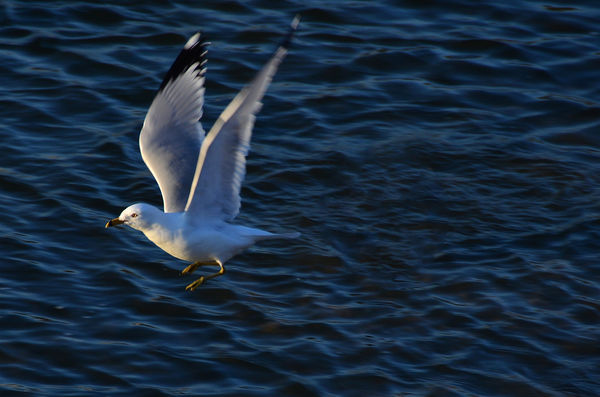
taken @ 1/400
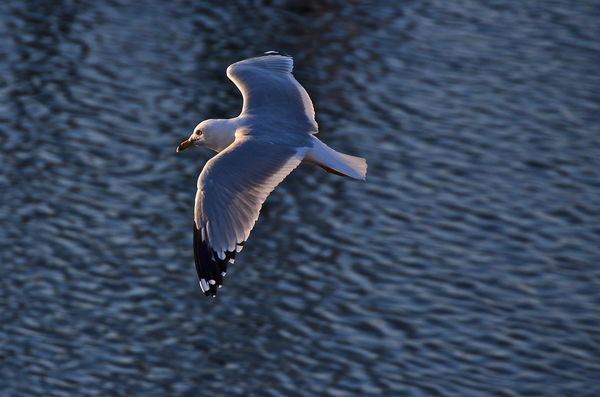
taken @ 1/800
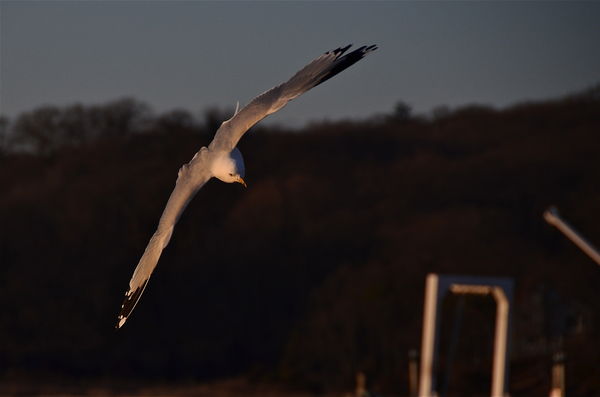
taken @ 1/3200
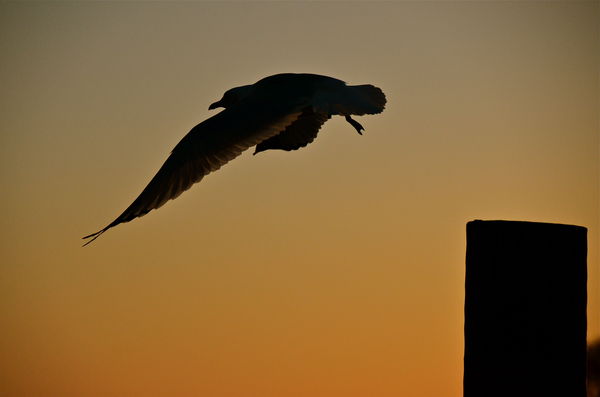
Mar 12, 2012 08:37:03 #
Emm5 wrote:
Good Morning,
I took these shots last night was out practicing my panning which i find very hard to do.LOL But they fit in with todays theme.
I took these shots last night was out practicing my panning which i find very hard to do.LOL But they fit in with todays theme.
Nice ones, EMM
Mar 12, 2012 08:38:04 #
Shutter Sunrise: I didn't make enough changes in shutter speed to really show and realized later I had changed the focal length in the 4th shot. Anyway, I get the idea.
f 6.3 1/60 200 mm
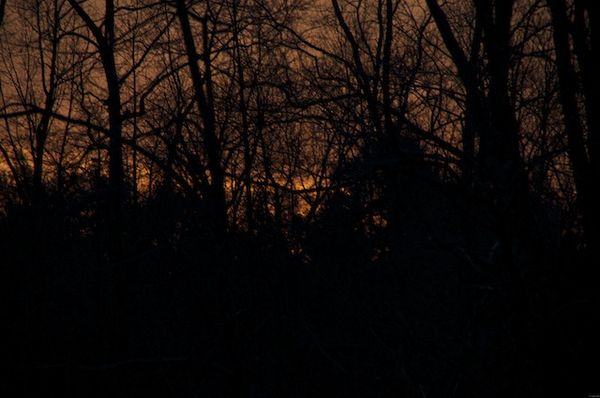
f 6.3 1/40 200 mm
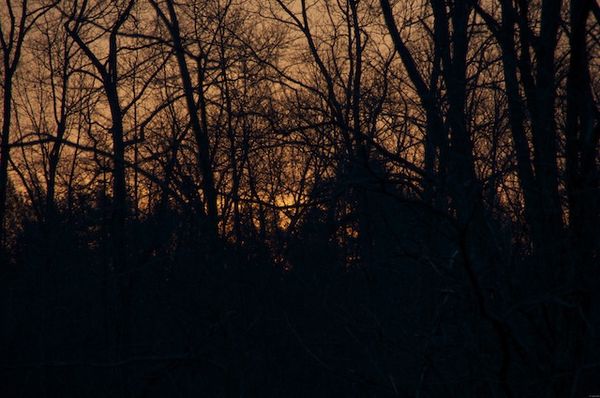
f 7.1 1/40 68 mm
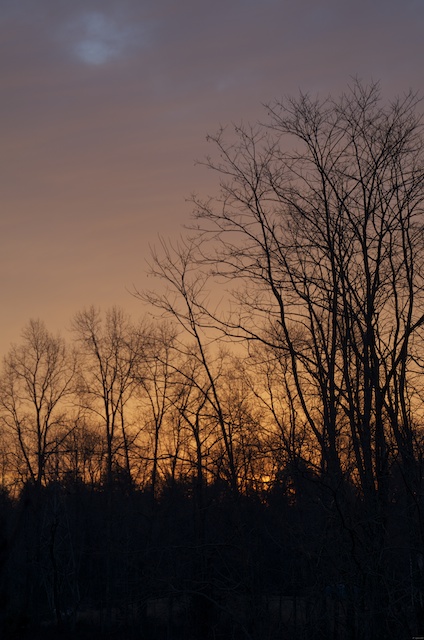
f 7.1 1/60 78 mm
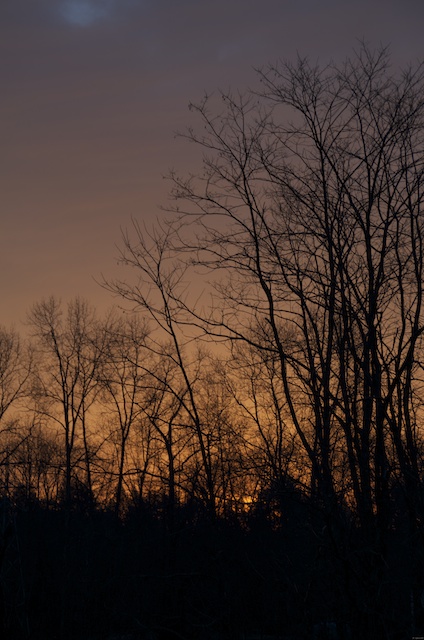
Mar 12, 2012 08:51:50 #
My favorite "stop the action" photo. Mexican cliff diver. Taken with my point and shoot in "Action" mode.
1/800
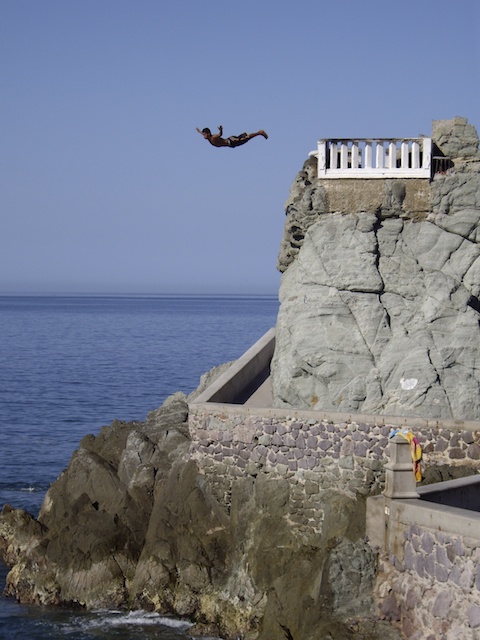
Mar 12, 2012 09:29:01 #
PAToGraphy wrote:
Shutter Sunrise: I didn't make enough changes in shutter speed to really show and realized later I had changed the focal length in the 4th shot. Anyway, I get the idea.
So i am a little confused. i thought we were taking action shots today? Pat are you showing that the light changes with changing the shutter speed as well stopping or blurring action?
Mar 12, 2012 09:30:38 #
Emm5 wrote:
Good Morning,
I took these shots last night was out practicing my panning which i find very hard to do.LOL But they fit in with todays theme.
I took these shots last night was out practicing my panning which i find very hard to do.LOL But they fit in with todays theme.
You rae doing something right!! Really like the last one.
Mar 12, 2012 09:31:18 #
Roadrunner wrote:
This is a small funnel if the Etchemin River, which none of you have ever heard of, but at this particular place, there is a small gorge and atits smallest it is maybe 10' wide. The river below out back here is...well photo #5 will show you
Good examples RR..i think i am getting it.
If you want to reply, then register here. Registration is free and your account is created instantly, so you can post right away.





